- HMS Victory not all oak! One of the most famous warships in the world under Admiral Lord Nelsons command at the Battle of Trafalgar in 1805 ensured HMS Victory’s place in the history books. We know the oak forests of Britain were harvested to build the fleet that ensure Britannia ruled the waves in the Napoleonic wars. ‘Hearts of oak’ the Royal Navy anthem still further assured the legendary status of oak in the minds of British seafarers. But did you know that the keel is made of English elm? Elm was probably chosen for its durability when wet and its resistant to splitting. The keel is the major part of the ship, which ties together the upright frames, the stem and stern post.
- Do you live in a timber house? Timber frame has risen in popularity for delivery of new homes in the UK in part to its versatility for offsite manufacture. There are now over many offsite timber frame housing manufacturing sites across the UK that have ensured timber frame as a share of new build housing has risen from 7% in 2000 to nearly 28% now in 2016. Offsite manufacture improves the quality and reliability of housing delivered and saves time and money on site.
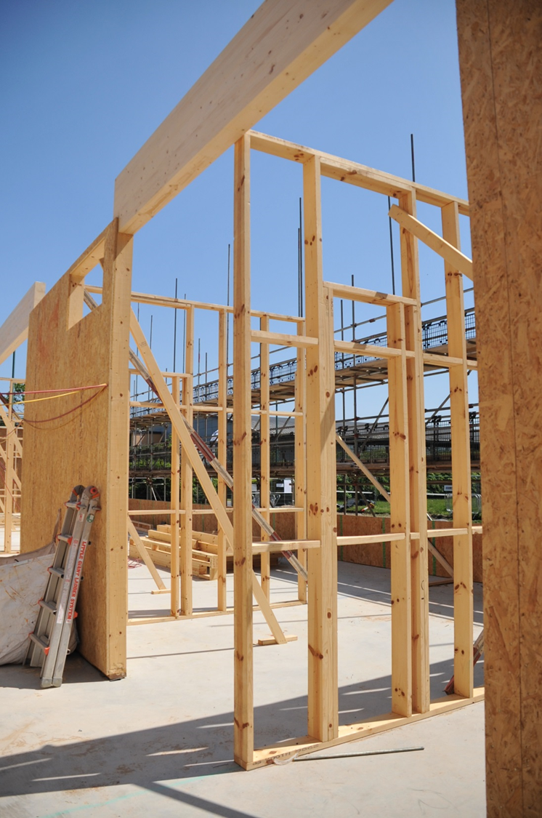
- Lebanon has the same forest cover as the UK! Incredible but measured by satellite imagery the amount of forest and woodland cover in the UK is 14% of total land area which is equivalent to Lebanon. We are one of the least forested countries in Europe where the average is 37%! Grown in Britain, the Forestry Commission, Royal Society of Forestry are actively campaigning for a new afforestation in Britain to improve our growing asset and to help meet future material demands.
- Wood is made of carbon. Trees convert carbon dioxide into long chain polymers called lignin, hemicellulose and cellulose – the hidden structure of wood, releasing the by-product oxygen on the way for us to breathe. This storage of carbon helps give wood based construction products some of the lowest environmental impacts and best environmental product declarations (EPD) available.
- Heating wood can make it more durable. The ancient Britons knew when building their timber palisade enclosures to put the pointed end of each timber into the fire to char before banging them into the ground to make a long lasting defence. The charring and heating of wood makes it less likely to rot. The modern day equivalent are innovative products like Brimstone, a thermally modified British hardwood that is more durable and used for long lasting exterior cladding on buildings.

- Wood structure is like a bundle of drinking straws. Under a microscope the end grain of wood you can see the many tubes and vessels that are bound together to form the wood structure. These ‘drinking straws’ were used to transport water and nutrients up and down the tree when it was growing. We know that water can enter the end grain of wood 1000 times quicker than water entering the side (tangential or radial) face as the water is drawn up the ‘straws’ by capillary action.
- A wood library is called a xylarium. The official term xylarium comes from xylem which stems from classical Greek for wood xylon. It is a curated collection of wood samples from around the world. BRE has a xylarium of some 30,000 samples from what would have been former colonies in the 1920s onwards. The facility is used as an educational resource, a reminder of the switch to sustainable plantation grown timber in the 20th Century and also to identify wood species as required by the EU Timber Regulations.
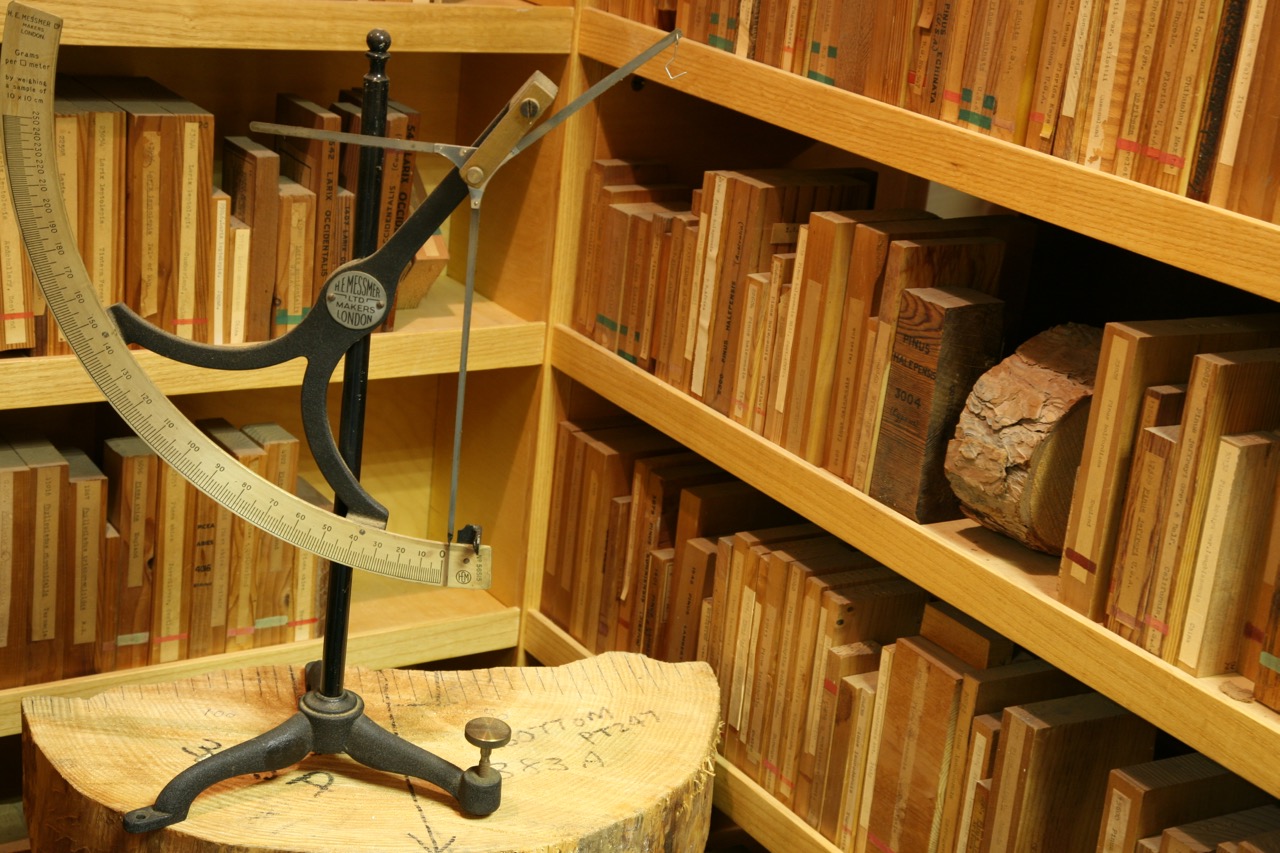
- How can wood last forever in a building? The oldest timber buildings in the world are the temple complex of Horyu-ji in Japan and particularly the pagoda building. The wood used in the centre pillar of the pagoda is estimated through dendrochronological analysis to have been felled in 594 over 1400 years ago! The wood has lasted so long in part because it is such a valued, cared for and unique historical building but also because the skills of those craftsmen that built in Japan selected a durable wood species and prevented its exposure to moisture thus ensuring a long service life!
- Forests and woodland in Britain contribute to our health and wellbeing. Construction materials that contribute to health and wellbeing when they are forming are rare. Through access to forests by dog walkers, horse riders, runners, cyclists and more forests and woodlands in Britain are the green gyms of our country as well as contributing a wider £500m to the local rural economy every year.
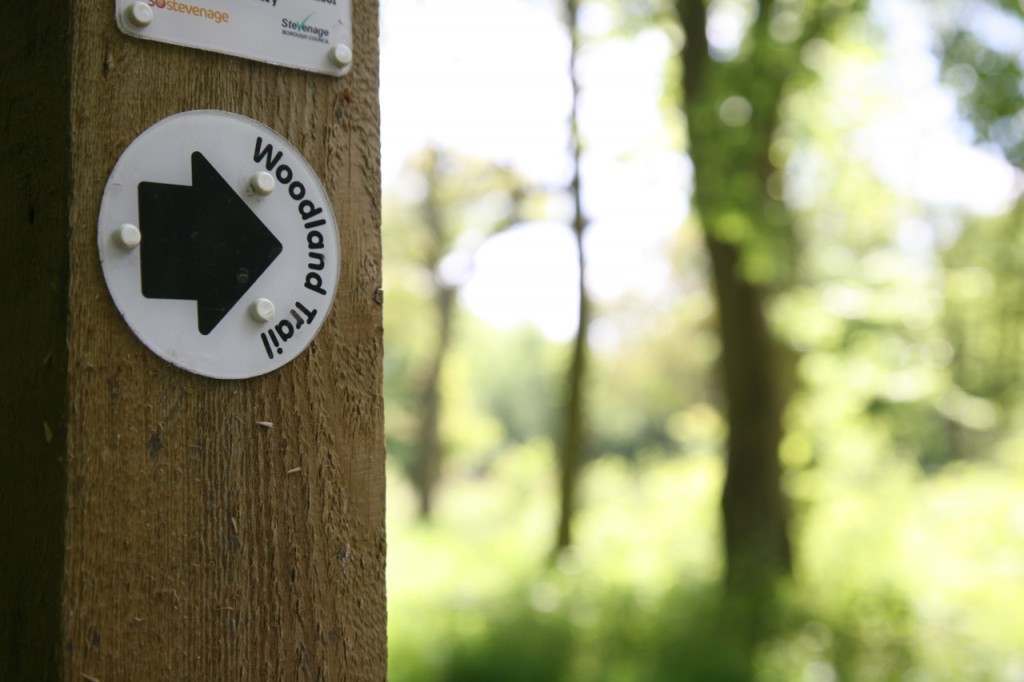
- Local timber can deliver in 2016! Concerted effort by Grown in Britain to raise awareness of British forests products and the values of sustaining our own woodlands and forest infrastructure has led to a trademark brand appearing. Stunning contemporary buildings like the UEA’s Enterprise Centre built in part using timber from Thetford Forest 30 miles away.
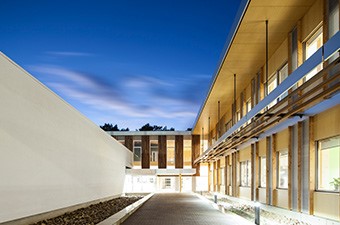
- Wood can make you feel well. Going for a walk in the woods is highly therapeutic. The Japanese medical profession has been prescribing so-called ‘forest bathing’ (shinrin-yoku) for patients for decades. What about wood the material itself? Conclusive evidence is building about the positive psychological impacts of having nature and natural proxy materials such as timber in interiors in buildings. In hospitals it has been demonstrated benefits to patients recover faster, require less medication and feel less pain. In schools concentration improves, learning improves and absenteeism falls. In offices productivity increases and absenteeism falls.
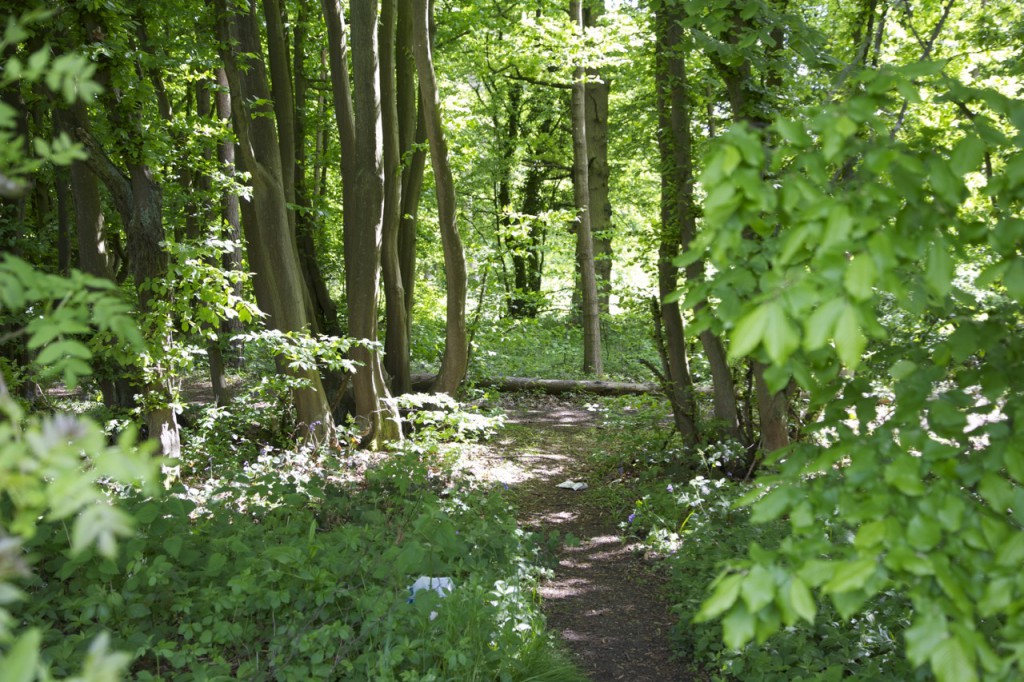
You can find out more about BRE’s timber expertise through a newly released expert pack on Timber in Construction, or get in touch with the team to discuss our research.





